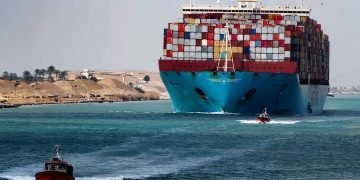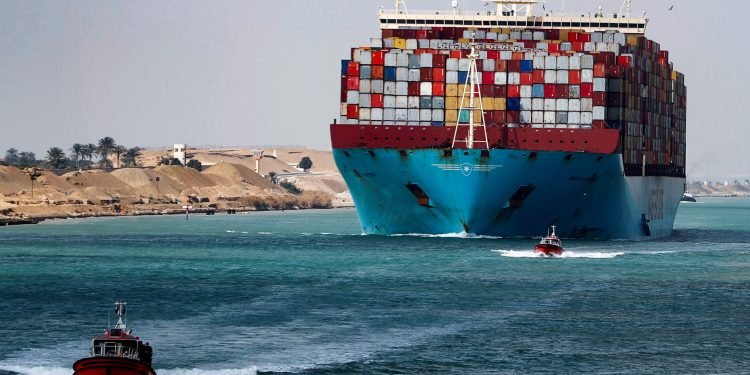By Maria Kalamatas | May 9, 2025
Muscat, OMAN —
Just when the industry thought it had settled into a new rhythm, Red Sea shipping is once again in flux. Over the past week, tension in the region has escalated, prompting diversions, delays, and renewed concerns over route stability.
“We’re back to playing chess with our vessels,” says Aamir Raza, regional manager for a Gulf-based freight agency. “Only this time, the board keeps changing.”
War risk premiums jump again
Earlier this week, several marine insurers raised war risk charges for Red Sea transit — in some cases, by more than 50%. The trigger: renewed drone sightings and reported alerts near the Bab el-Mandeb Strait.
Shipping lines aren’t waiting to see what happens. By May 8, at least five major carriers had already redirected vessels via the Cape of Good Hope — a move that adds up to two weeks to Asia–Europe sailings.
“This isn’t just about safety,” Raza explains. “It’s about costs, crews, and port planning.”
Ports absorb the shock
The impact was immediate. Terminals in Jeddah and Djibouti saw reduced volumes, while ports in Oman, South Africa, and Southern Europe reported rising congestion.
Freight handlers in Kenya and Tanzania have started shifting some imports to air — especially for pharmaceuticals and perishables facing longer delivery windows.
Spot rates feel the pressure
By the end of the first week of May, spot container prices from East Asia to Europe had risen nearly 12%, according to market trackers. Fuel costs are also climbing, as ships travel farther and bunker consumption increases.
“We’re getting calls from clients asking what happened to their delivery times,” says Raza. “And we’re adjusting contracts mid-transit.”
Conclusion
What seemed like a stabilized situation is proving fragile. In 2025, shipping through the Red Sea remains a gamble. And for freight planners, that means building extra days — and extra plans — into every route.























